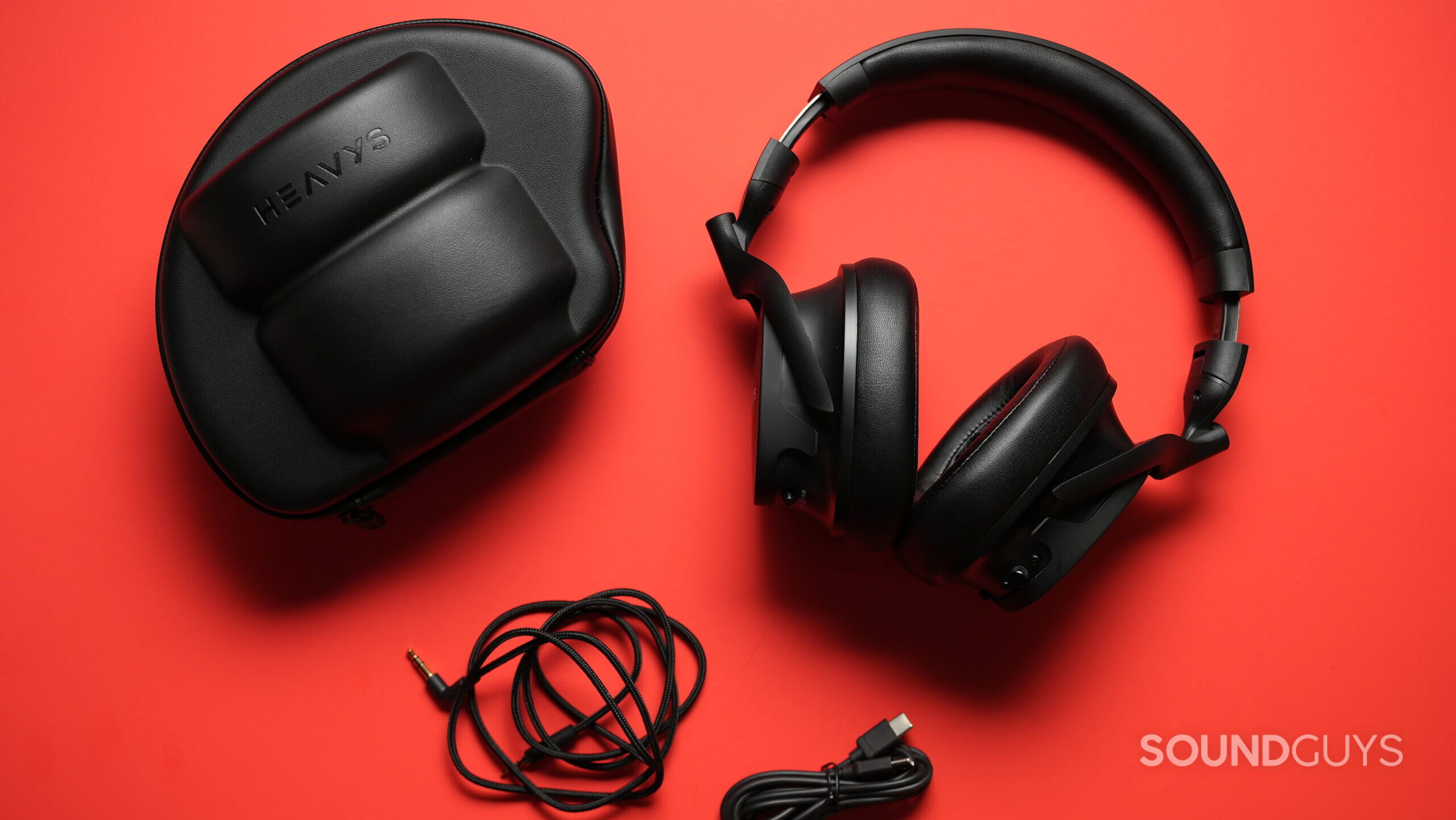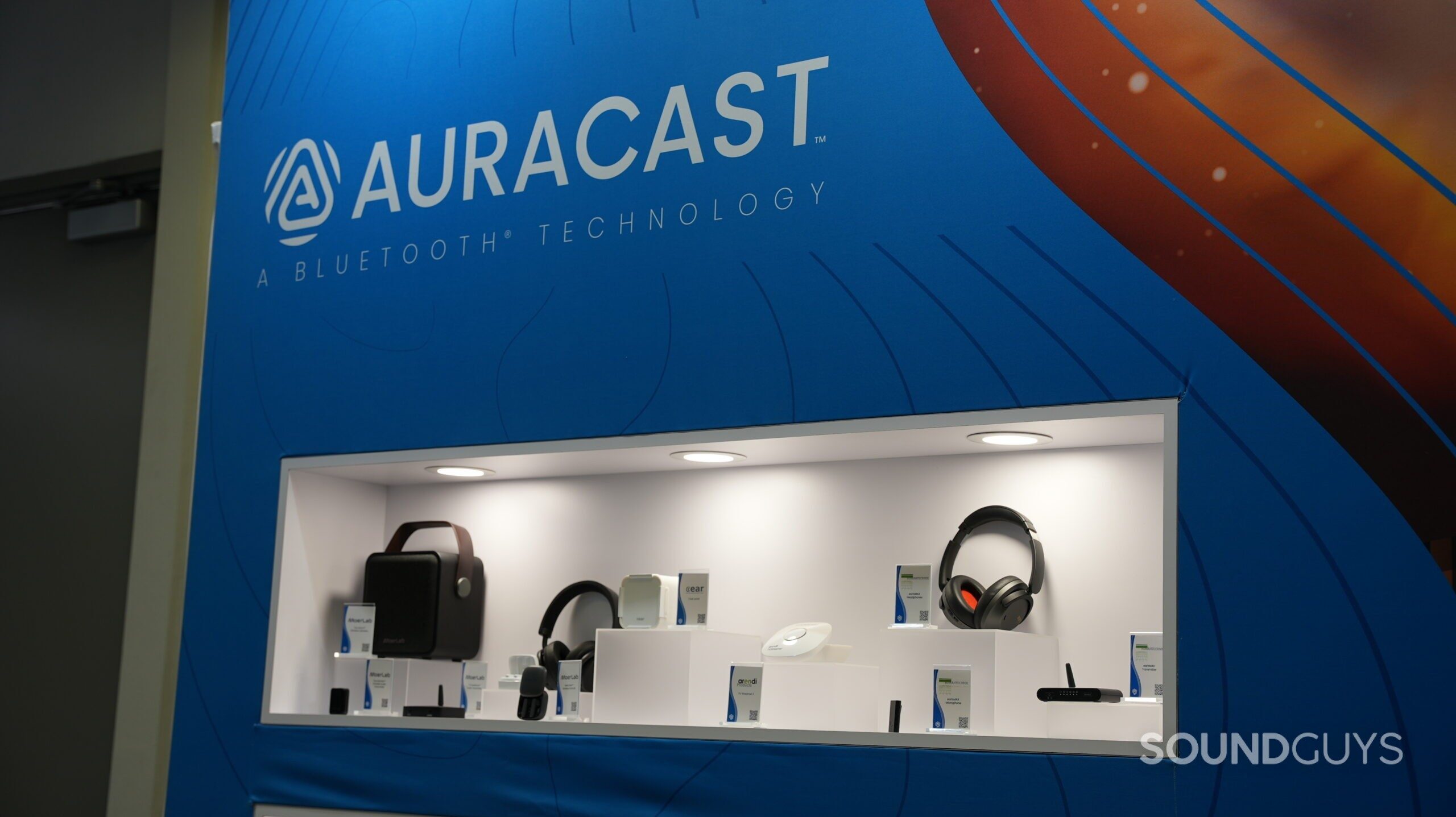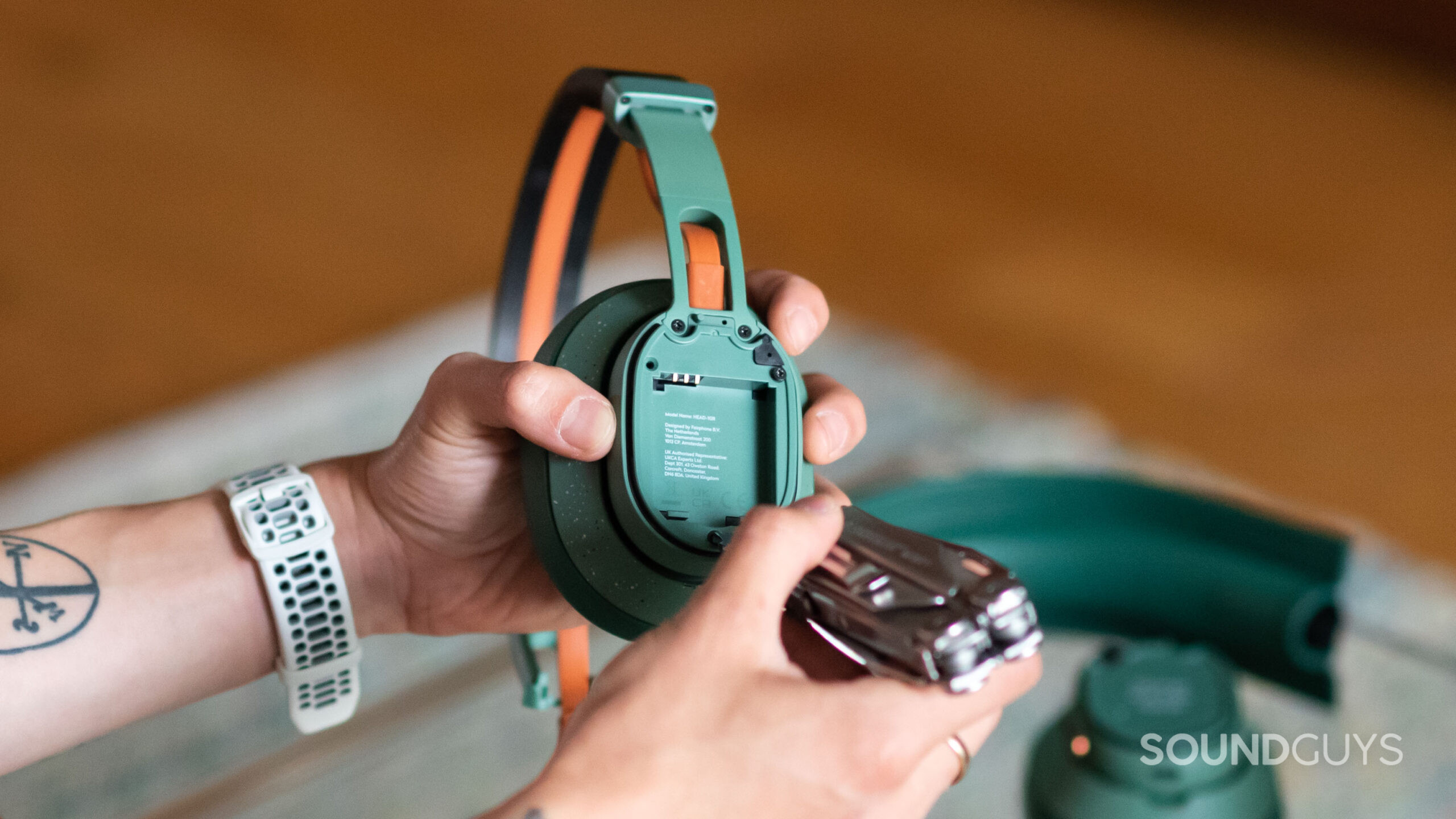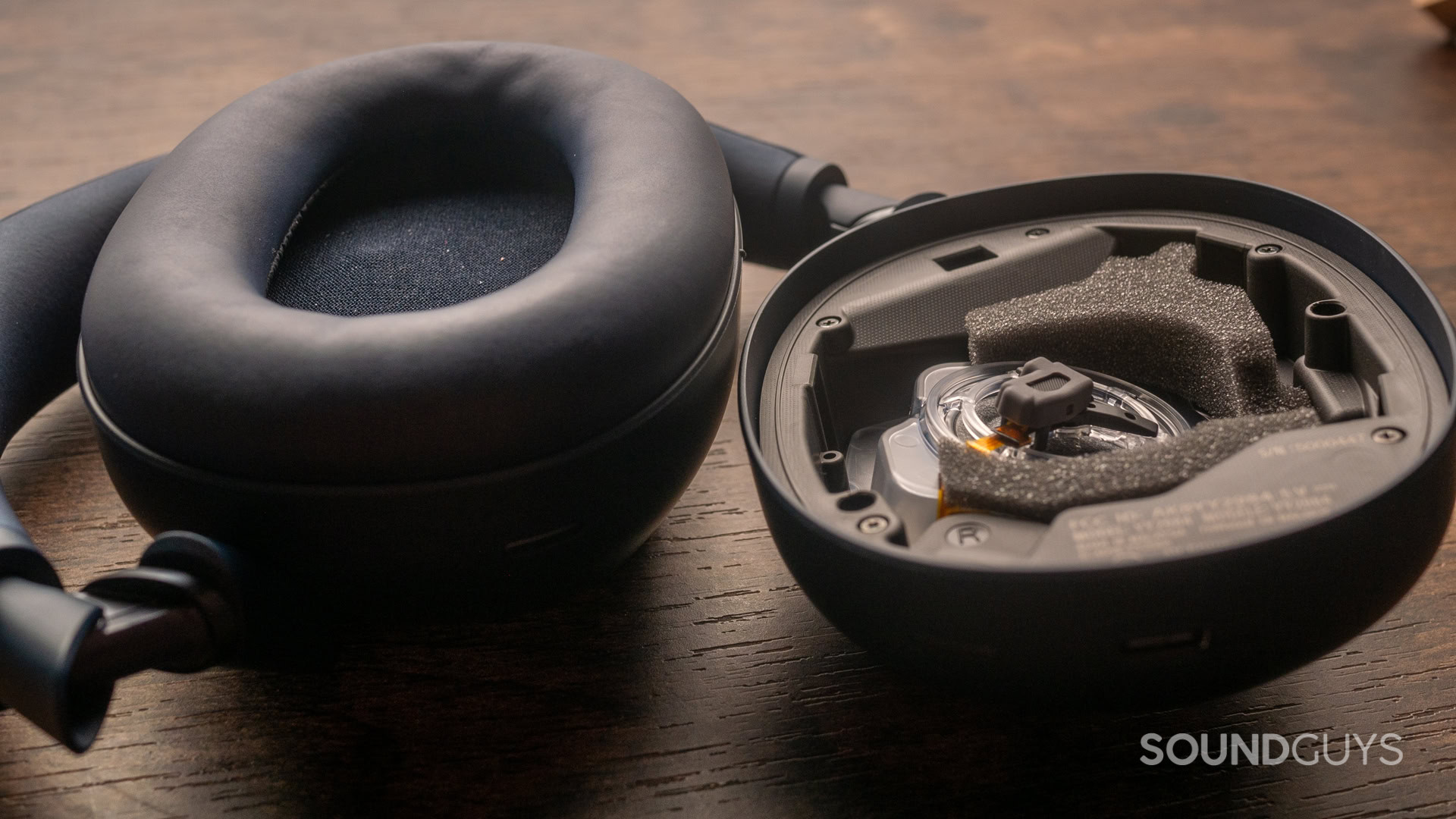All products featured are independently chosen by us. However, SoundGuys may receive a commission on orders placed through its retail links. See our ethics statement.
Sony's new flagship headphones don't feel very future-proof
May 20, 2025

When you drop $450 on premium headphones, you’re not just buying for today—you’re investing in tomorrow. Sony’s newly released WH-1000XM6 headphones deliver impressive performance with excellent noise cancelation and sound quality that will satisfy most listeners right now. But a closer examination reveals something concerning: while Sony was busy polishing current features, they’ve overlooked critical technologies that will become increasingly important in the coming years.
The technology landscape is shifting rapidly, from universal USB-C adoption to advanced wireless standards and sustainable design practices. In this fast-evolving market, are Sony’s new flagship headphones already falling behind? At $449.99, the WH-1000XM6 headphones are missing several critical features that will matter tomorrow.
Which missing feature concerns you most about the Sony WH-1000XM6?
Editor’s Note (May 20, 2025): We’ve updated this article with additional clarification regarding Bluetooth standards and the practical implications of Bluetooth version differences for premium headphones.
Missing the memo on USB audio

The most glaring omission in the Sony WH-1000XM6 is the lack of USB-C audio passthrough. While competitors like Apple, Sennheiser, JBL, Focal, and Bowers & Wilkins have already adopted USB-C audio as standard for premium noise canceling headphones, Sony stubbornly sticks with only a 3.5mm analog jack.
This decision ignores a clear industry trend: as headphone jacks vanish from smartphones and laptops, digital audio via USB-C represents the future of wired listening. Without USB-C audio, XM6 owners face a future of dongles and adapters—hardly the premium experience expected from $450 headphones. It really sucks not to be able to have a truly digital lossless option where the competition does.
Already-outdated wireless standards

The XM6 ships with Bluetooth 5.3, not the latest 5.4 standard, primarily targeting IoT devices and adding optional audio features. While the difference for most listeners is minimal—Sony’s implementation of Bluetooth 5.3 with LE Audio support and LC3 codec handles current audio needs adequately — history shows that “optional” Bluetooth features often become essential standards within a premium headphone’s lifespan. Bluetooth 5.4 introduces improved connection reliability, enhanced power efficiency, and better multi-device management that will likely become increasingly relevant for audio products. For $450 headphones, expected to remain competitive for 3-5 years, launching without the latest standard unnecessarily limits future adaptability as the wireless audio landscape evolves.
More troubling is the Auracast situation. This Bluetooth technology enables one-to-many connections, allowing listeners to tune into public broadcasts without pairing. Think of it as a modern version of radio, but for Bluetooth devices. Despite Sony’s documentation mentioning Auracast support, the feature didn’t actually work in our testing. The headphones include LC3 codec support and LE audio capability—technical prerequisites for Auracast, making its absence particularly perplexing.
Codec limitations for a changing market
Sony equips the XM6 with LDAC, AAC, SBC, and LC3 codec support but misses newer standards like Snapdragon Sound that competitors like Bose have already embraced. There are also compatibility issues with LDAC at its highest bitrate (990 kbps) on some Android phones, forcing users to downgrade to 660 kbps for stability. As wireless audio technology advances, these limitations will become increasingly apparent.
No repairability in an era of sustainability

The XM6 continues Sony’s tradition of non-replaceable batteries—a critical oversight as consumers increasingly demand sustainable, repairable products. When the battery inevitably degrades after a few years, owners face a difficult choice: continue with diminished performance or replace the entire unit.
The ear pads present another durability concern. While technically removable for cleaning, the process involves peeling them away from snap hooks and isn’t designed for easy user replacement. A magnetic attachment system, like we’ve seen in the AirPods Max, would have made maintenance significantly more user-friendly and extended the headphones’ practical lifespan.
The thin headband padding also raises questions about durability. I’m worried about what happens when the visco-elastic foam starts to lose its original shape and gets thinner over time.
A premium price for yesterday’s technology

At$448 at Amazon, the Sony WH-1000XM6 demands a premium price without offering truly future-proof technology. It feels more at home in 2025 than it will be in 2026 or beyond. The company took its proverbial eyes off the future.
Sony had an opportunity to throw an elbow that no competitor could come back from, but instead delivered headphones that, while capable today, risk becoming technologically outdated long before their physical lifespan ends. For consumers planning to keep their premium headphones for several years, these missing future-facing features should give them serious pause.
How long do you expect $450 headphones to remain technologically relevant?
Thank you for being part of our community. Read our Comment Policy before posting.